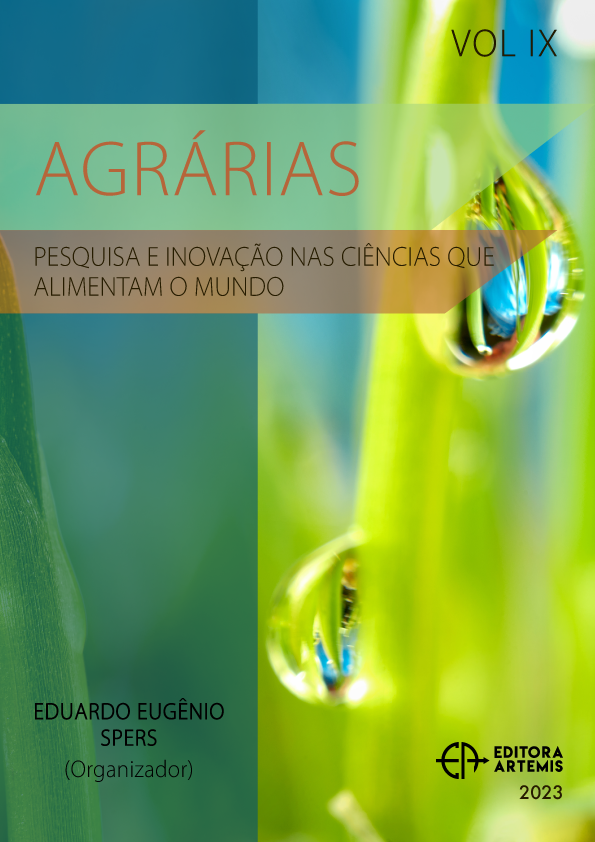
CAPTURA DE CARBONO EN EL SUELO CON PRÁCTICAS DE MANEJO AGRONÓMICO EN MAÍZ PARA GRANO DE TEMPORAL
El calentamiento global terrestre y el cambio climático están entre los principales problemas que enfrenta actualmente la humanidad. Es causado por la emisión de gases con efecto de invernadero, entre ellos el CO2. Una manera de mitigación del cambio climático es la captura de carbono orgánico en el suelo (COS) en sistemas cultivo como maíz. El objetivo del presente estudio fue evaluar prácticas de manejo agronómico sobre la captura de COS en maíz para grano de temporal en Tepatitlán de Morelos, Jalisco. El estudio se realizó en 2019 y 2020, en el experimento de largo plazo del CECEAJAL sembrada con maíz en condiciones de temporal. Este experimento integra prácticas de manejo de labranza, cobertura de suelo con residuos de maíz, tipos de surco y dos tipos de fertilización en 18 tratamientos. El porcentaje de carbono orgánico medido en el suelo se utilizó el método de Dumas, con análisis para densidad aparente del suelo y profundidad de 20 cm. En el análisis de información se aplicó estadística descriptiva, con el programa EXCEL. Los resultados muestran que los factores que constituyen los tratamientos estudiados analizados de manera individual, todos muestran pérdida de COS, pero cuando se analizaron sus interacciones, solo los tratamientos de labranza de conservación, con 50% de residuos, surco ancho y fertilización orgánica, y el tratamiento de labranza de conservación, con 100% de residuos, surco ancho y fertilización mineral tuvieron captura de COS positiva. Es necesario rediseñar los tratamientos involucrando manejo integrado de nutrientes, prácticas de conservación de agua, aumento en la fertilidad del suelo y rotación de cultivos.
CAPTURA DE CARBONO EN EL SUELO CON PRÁCTICAS DE MANEJO AGRONÓMICO EN MAÍZ PARA GRANO DE TEMPORAL
-
DOI: 10.37572/EdArt_26022379812
-
Palavras-chave: estiércol, labranza de conservación, fertilización química
-
Keywords: manure, conservation tillage, chemical fertilization
-
Abstract:
Terrestrial global warming and climate change are among the main problems currently facing humanity. It is caused by the emission of greenhouse gases, including CO2. One way to mitigate climate change is the sequestration of organic carbon in the soil (SOC) in crop systems such as corn. The objective of this study was to evaluate agronomic management practices on SOC capture in corn for rainfed grain in Tepatitlán de Morelos, Jalisco. The study was carried out in 2019 and 2020, in the long-term experiment of CECEAJAL planted with corn under rainfed conditions. This experiment integrates tillage management practices, soil cover with maize residues, furrow types, and two types of fertilization in 18 treatments. The percentage of organic carbon measured in the soil was used using the Dumas method, with analysis for bulk density of the soil and depth of 20 cm. In the information analysis, descriptive statistics were applied, with the EXCEL program. The results show that the factors that constitute the studied treatments analyzed individually, all show loss of SOC, but when their interactions were analyzed, only the conservation tillage treatments, with 50% residues, wide furrow and organic fertilization, and the conservation tillage treatment, with 100% residues, wide furrow and mineral fertilization had positive COS capture. It is necessary to redesign the treatments involving integrated nutrient management, water conservation practices, increase in soil fertility and crop rotation.
-
Número de páginas: 11
- Hugo Ernesto Flores López
- Gloria Vidrio-Llamas
- Irma Julieta González-Acuña
- Celia De La Mora-Orozco
- Humberto Ramírez-Vega

